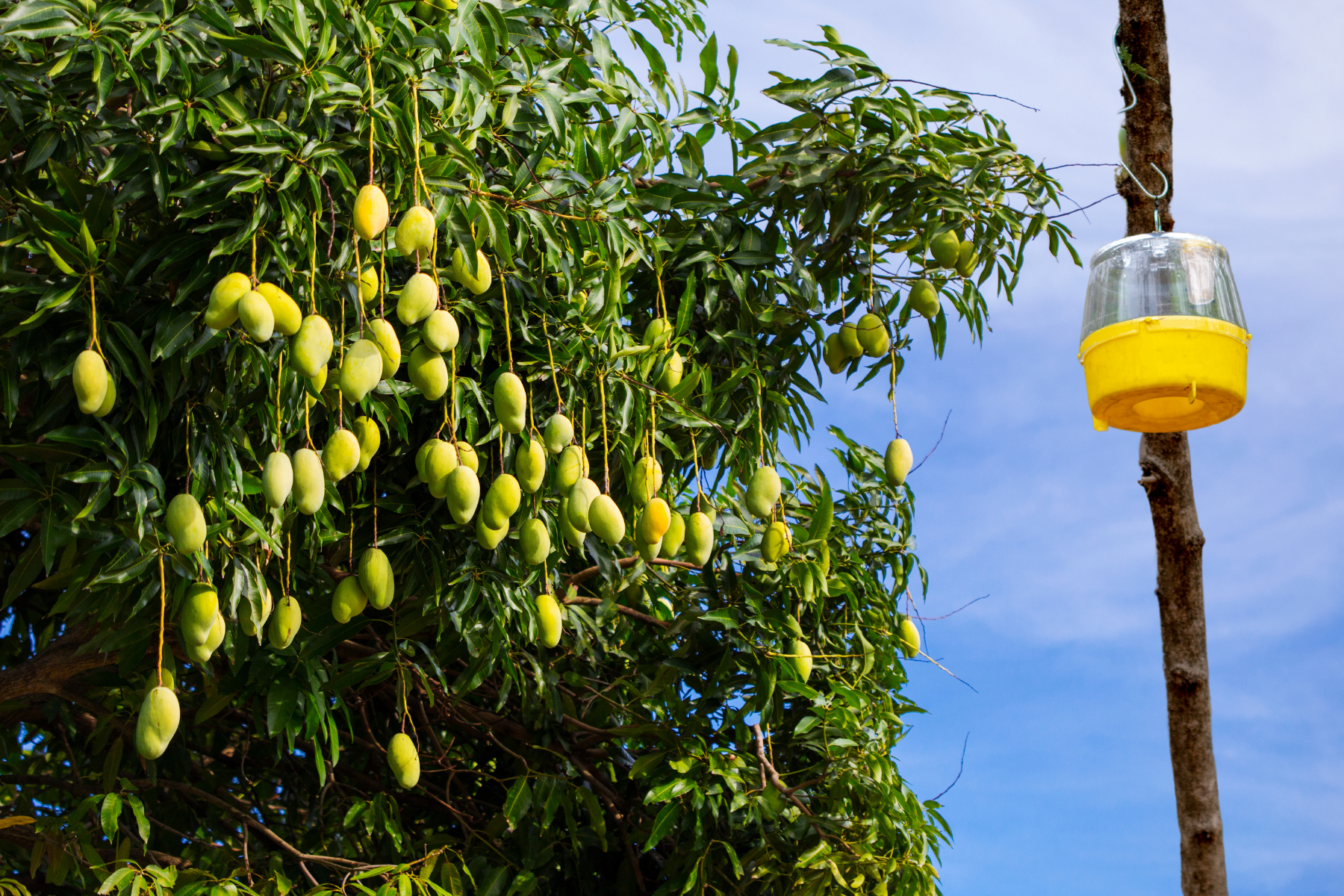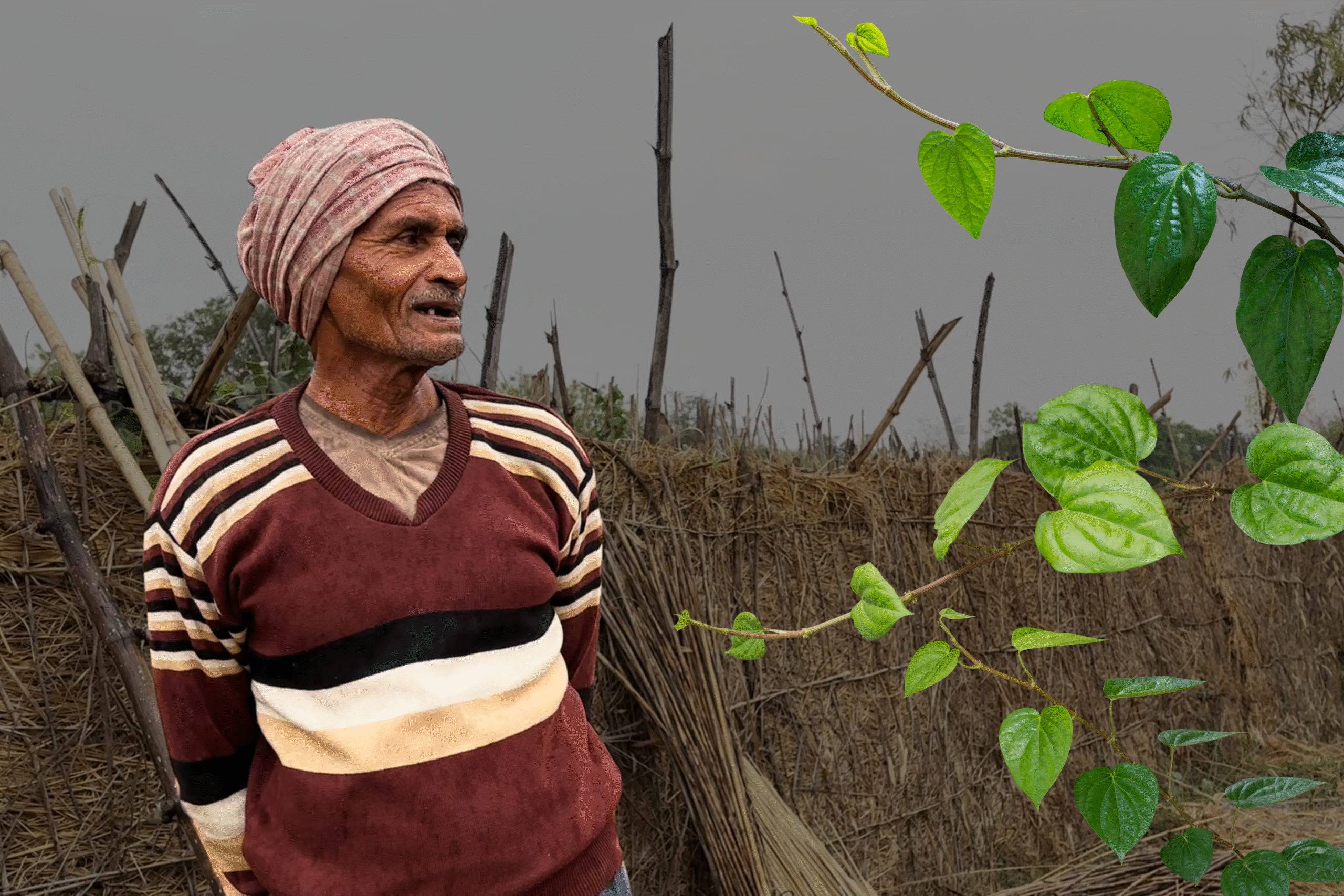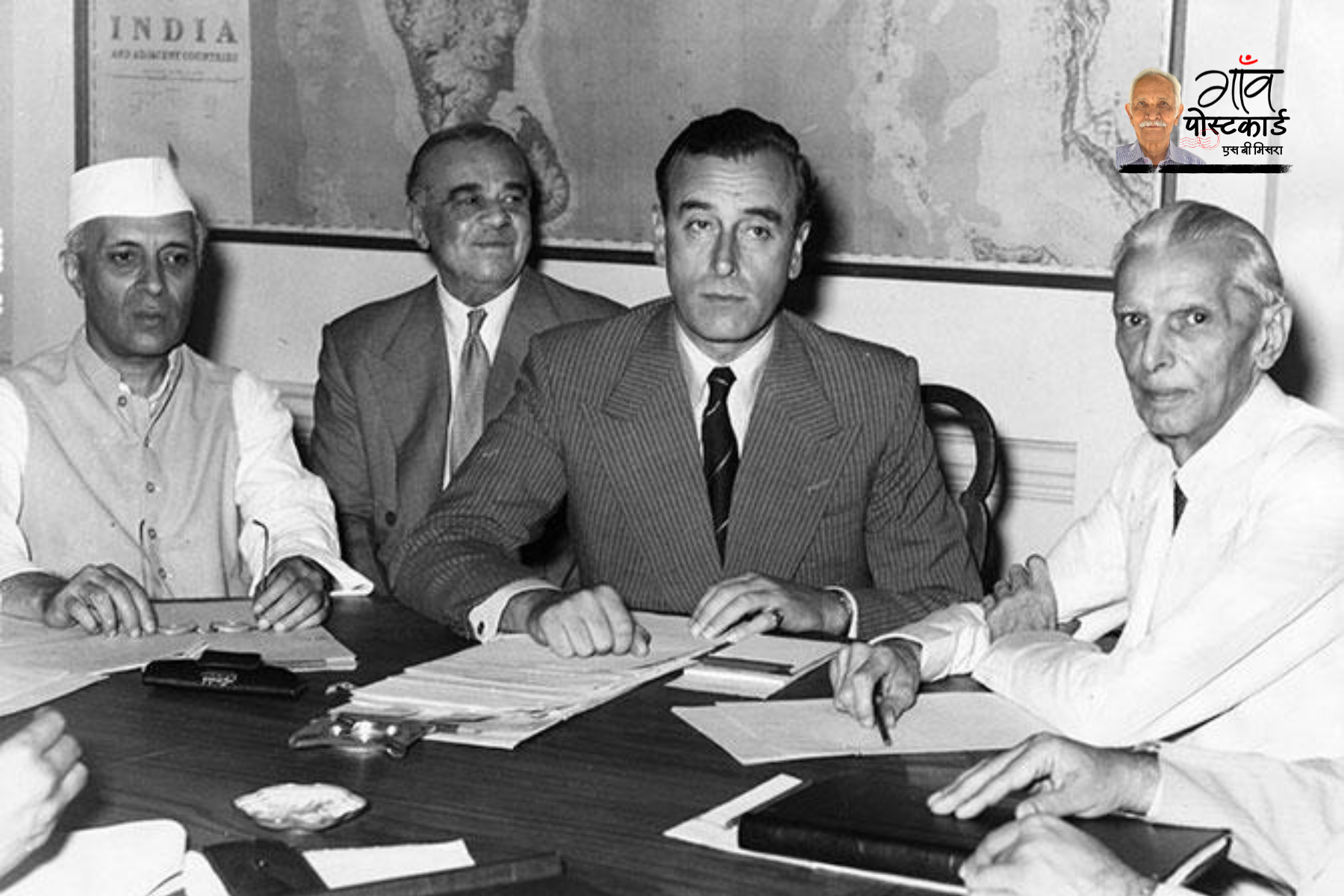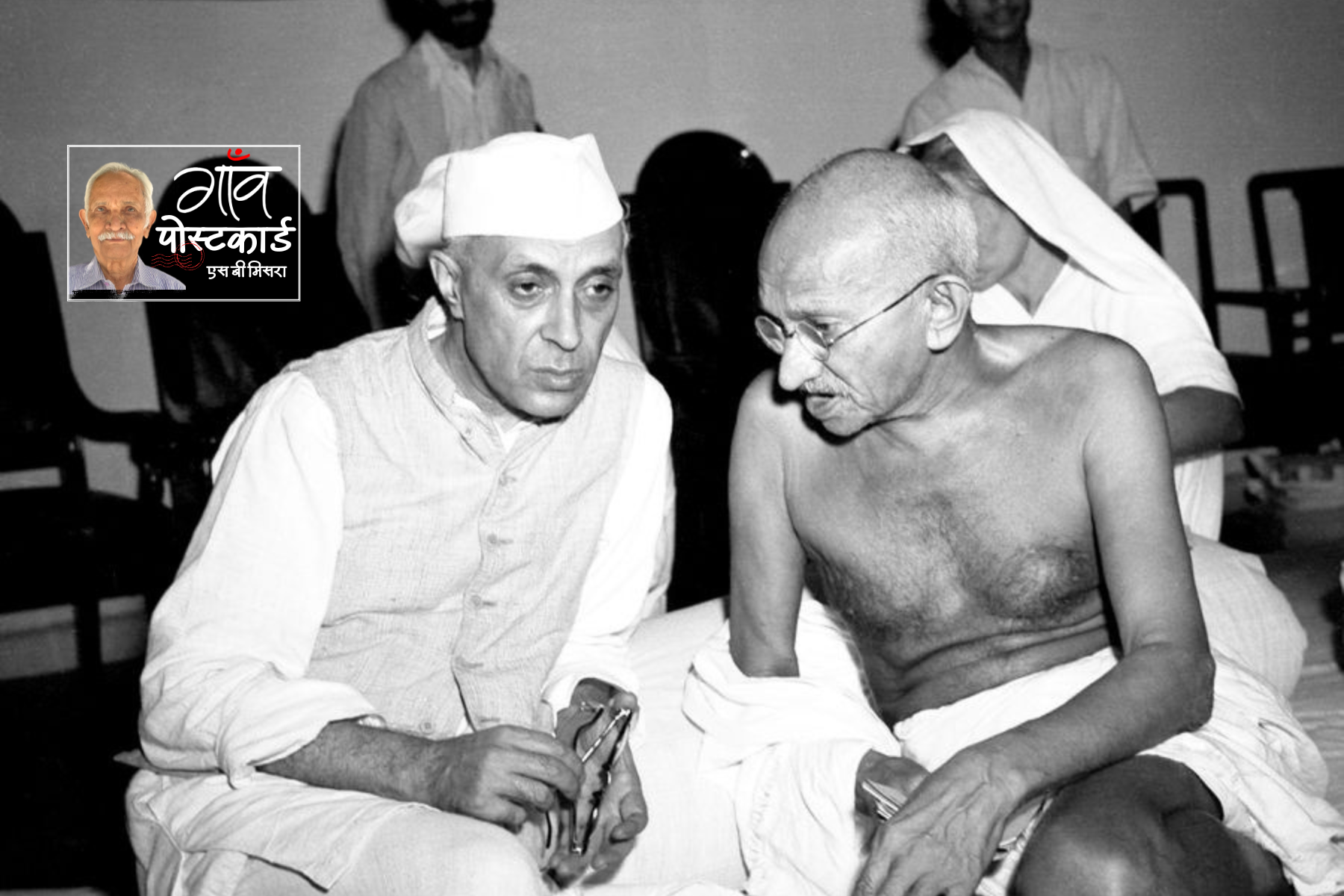Khoradinh (Mirzapur), Uttar Pradesh
In 2015, when Premveer Singh was posted as a primary school teacher to Khoradinh in Rajgarh Block, Mirzapur district, his near and dear ones discouraged him from reporting for duty there. The school lay untended and neglected in a village that was known for Naxalite activities.
“I could immediately tell the school was struggling to survive. In all, there were perhaps 200 students enrolled in the school, most of whom never bothered to show up,” Premveer Singh told Gaon Connection.
It was an uphill task to get children back into the classrooms, the 33-year-old recalled. “We went from door to door, practically begging the parents to enroll their wards, and at least allow them to study for a year, if not more. Gradually we built bridges of trust with the parents and the admissions began to go up,” he said.
Today the school is a Composite school with classes from one to eight. It is a far cry from its pitiable state when Premveer Singh had first laid eyes on it. The school has 315 children enrolled and 25 per cent of them are children from Adivasi communities.
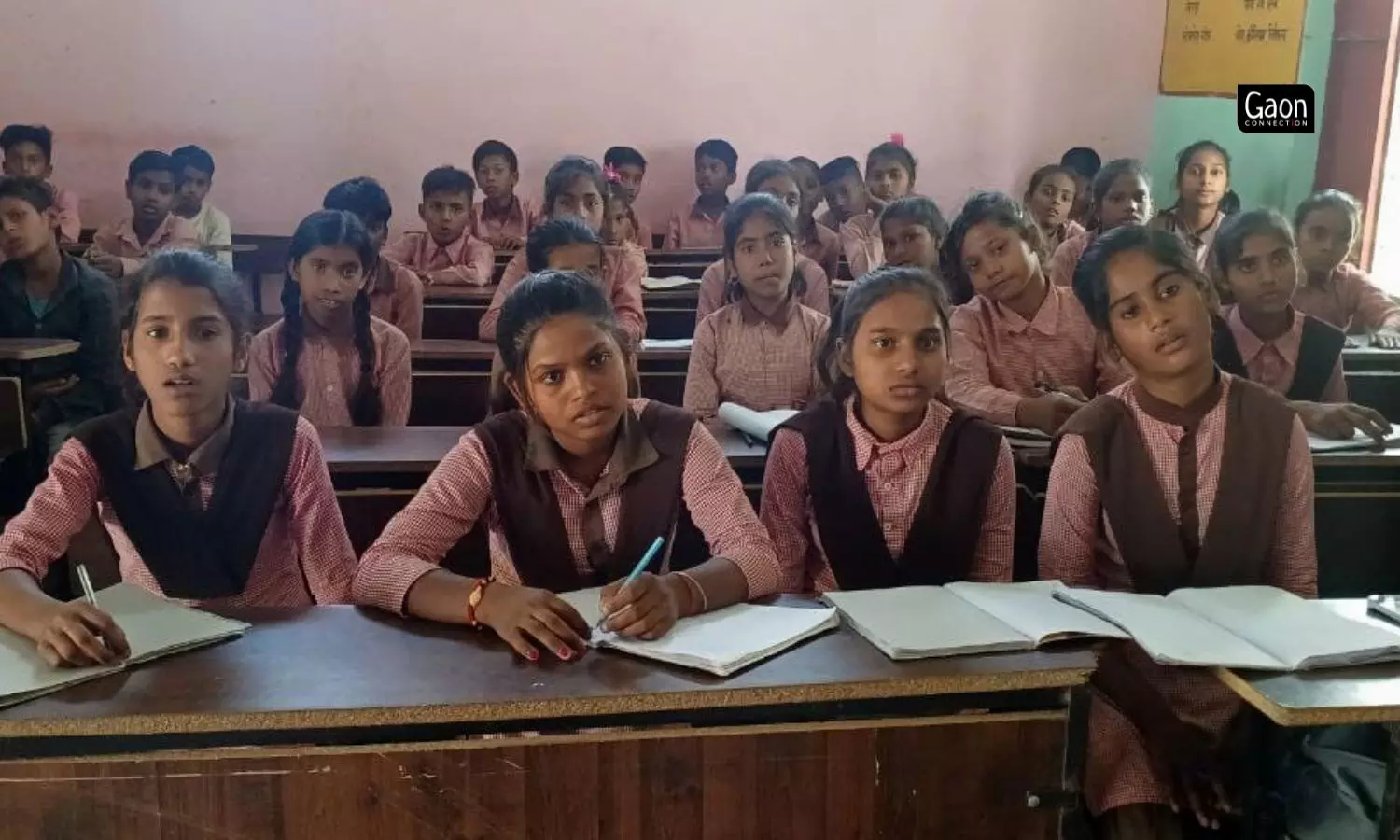
The school has taken pains to take the parents of the students into its confidence, assured them of the best possible education for their children.
Working with the community closely was the key factor in building bridges of trust. “Now, we have a parents teachers meeting on the first Wednesday of every month, and this has kept the parents invested in the school and the education of the children. We discuss any problems the children are having in school and find solutions to those,” Premveer said.
Naxalite activities in the village made the parents reluctant to allow their children to attend school. In the early 2000s the mood was volatile and trouble erupted ever so frequently.
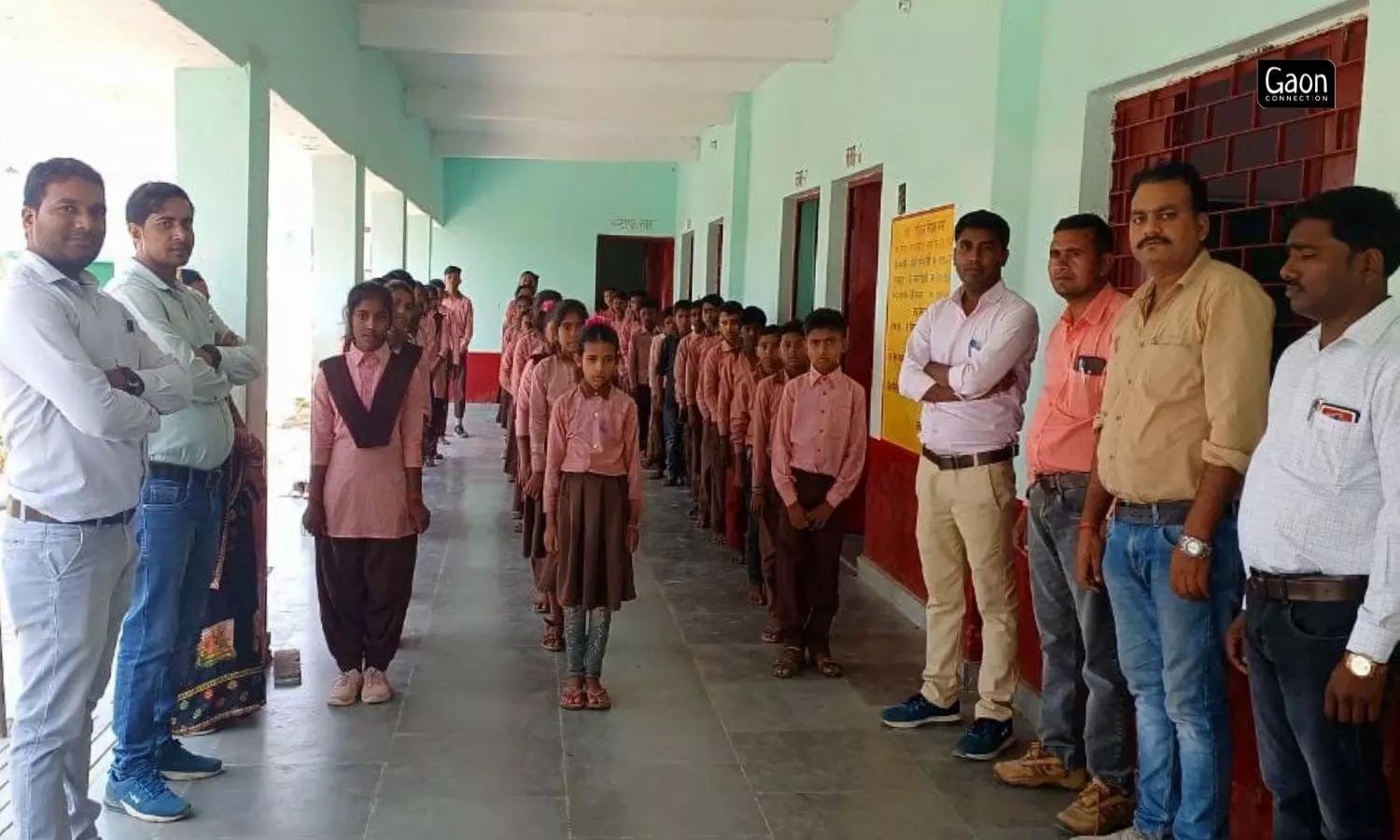
When Premveer Singh was posted as a primary school teacher to Khoradinh in Rajgarh Block, Mirzapur district, his near and dear ones discouraged him from reporting for duty there.
An attack in 2001 sent shock waves across the village, and sending children to school was the last thing on the minds of the village inhabitants. In 2001, about 40-50 Naxalites launched an attack on a police camp in the village. They made away with rifles, guns, rounds of bullets and three police personnel were injured.
Poverty was another reason for low attendance and enrollment, Premveer pointed out. “Many of the parents are not lettered themselves and are not aware of the importance of a good education. Also, in times of harvests, they need the help of their children in the fields, and therefore do not send them to school,” he explained.
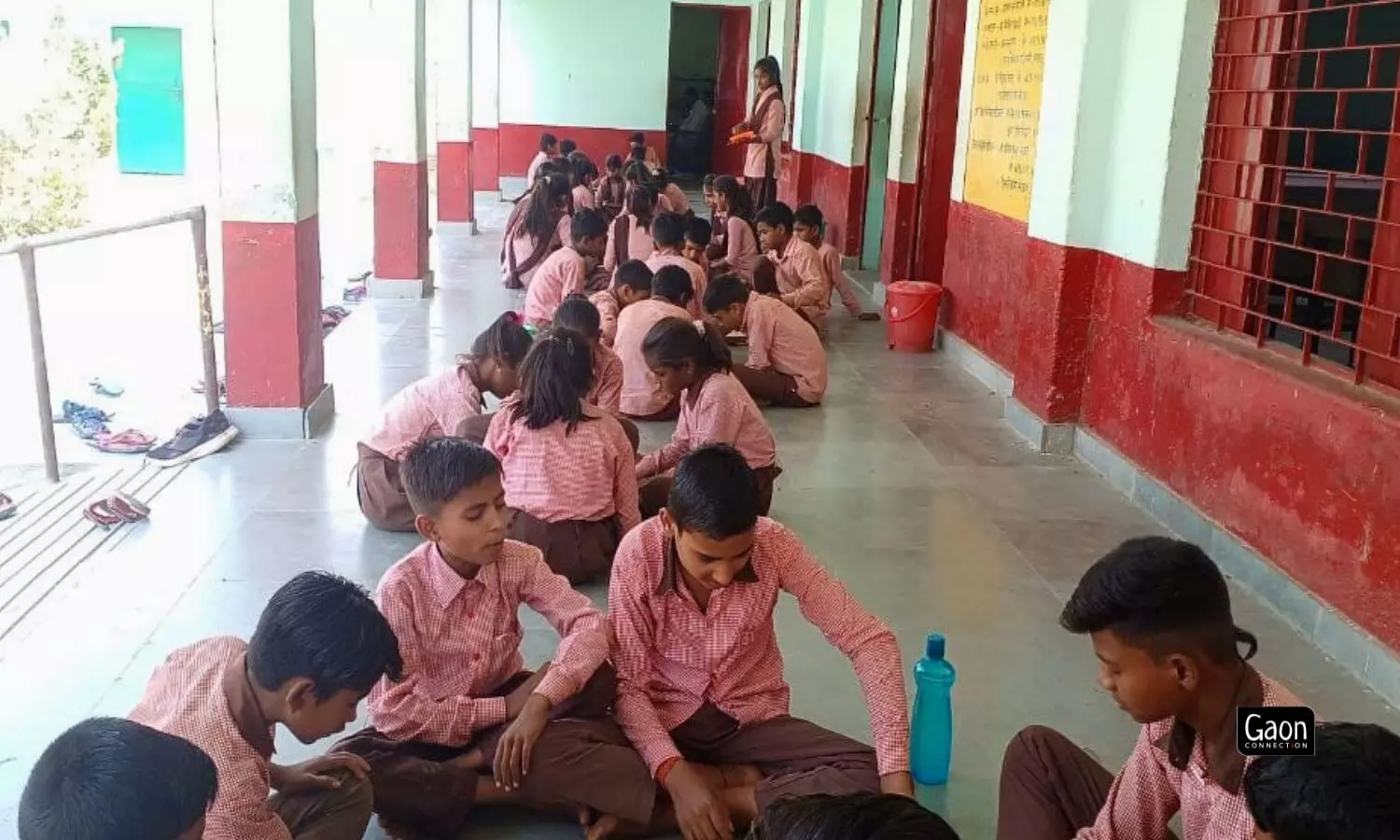
An attack in 2001 sent shock waves across the village, and sending children to school was the last thing on the minds of the village inhabitants.
But all that is changing. “With the parents being more invested there is a bond between them and the teachers. We have children of farmers and daily wage labourers studying in our school. And, we want to make sure they have a head start when they go out into the world, and the parents understand that now,” Premveer said.
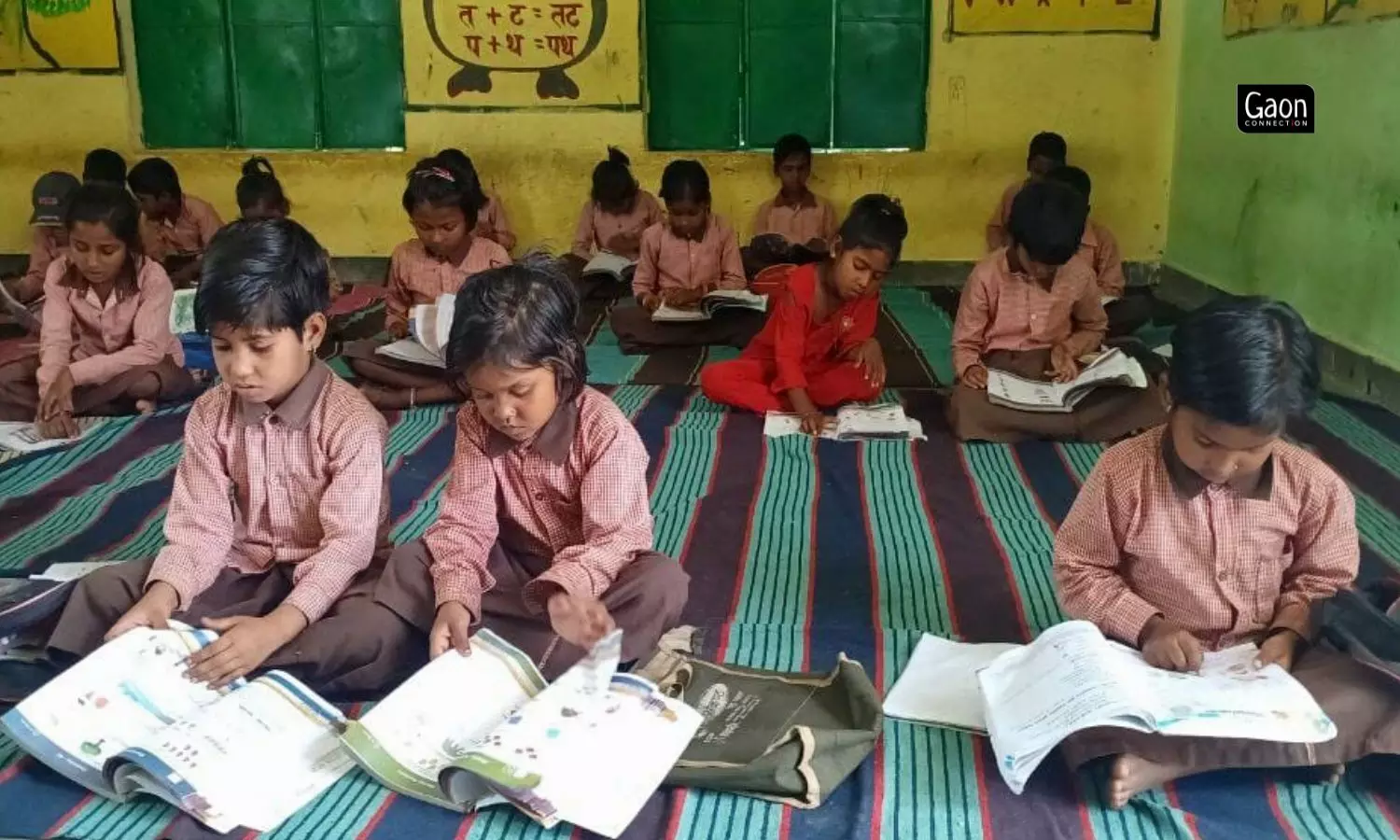
The teachers at the school also keep time aside to coach students to get admission into the Navodaya Vidyalaya.
“The district magistrate too has acknowledged our school as being a good educational institution. There are 19 parameters that define a good school and we fulfil all of them. This includes clean drinking water, toilets, digital classrooms, a dining hall, a playground and so on,” he said.
Also Read: Learning English on tree tops and baking millet cakes at a village school in Bihar
“The physical appearance of the school has changed drastically from what it was in 2015,” Ashok Patel, a teacher at the school, told Gaon Connection. He joined a few months after Premveer Singh.
“The facade of the school from one which was depressing and forbidding is now shining. Kota stone flooring, manicured gardens, playgrounds, benches, etc., have transformed the school,” he added. Patel said the school went against all the preconceived notions of a government school.
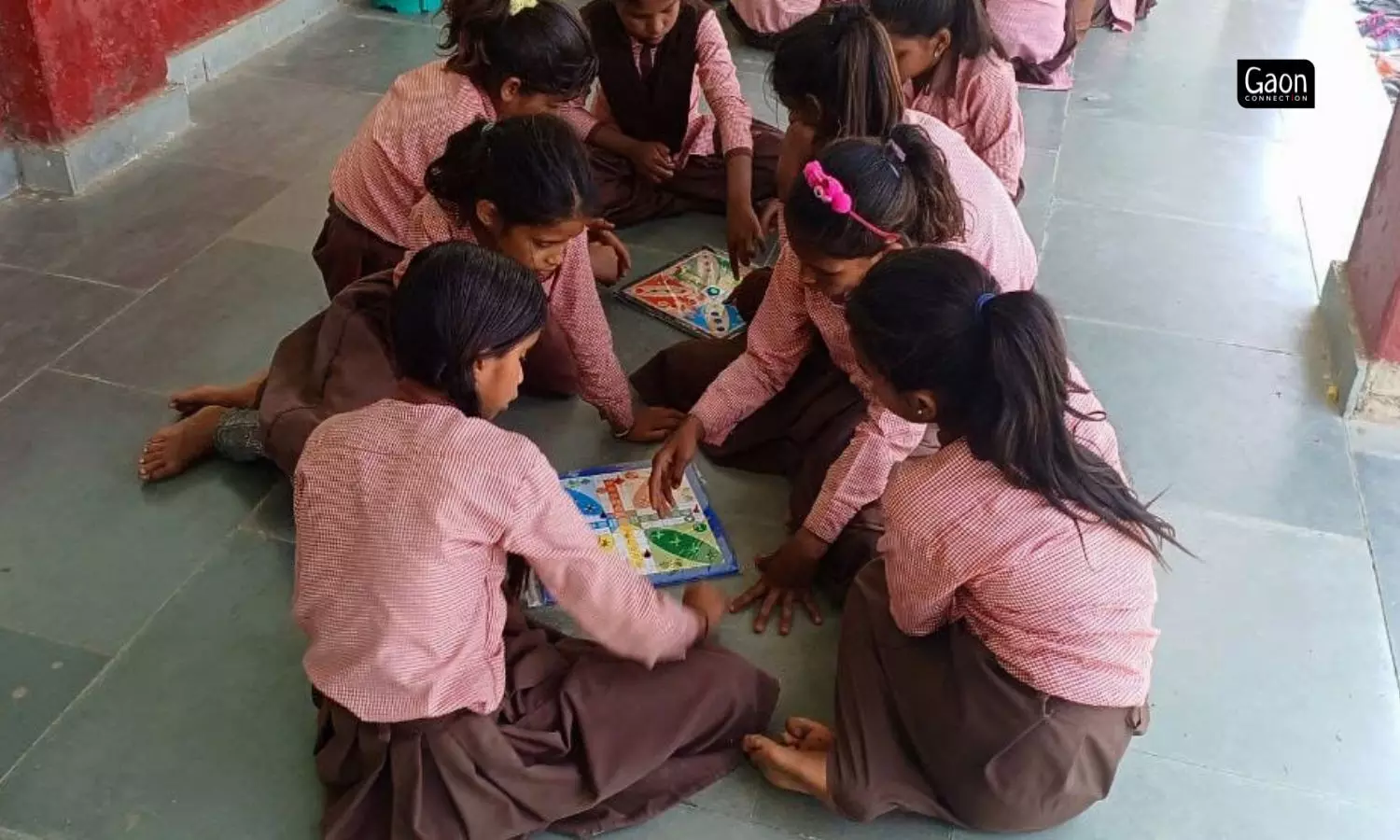
The students say that their teachers encourage them to take part in as many extra curricular activities as they can.
“People think there is no proper learning imparted at a government school, or that there are no facilities for their children. But our school has flown against the face of all those assumptions,” he said proudly.
The school has taken pains to take the parents of the students into its confidence, assured them of the best possible education for their children and has kept them in the loop about what is happening in school, he pointed out. “We are a state-of-the-art modern school in every way,” Patel said.
Also Read: ‘Learn Big From Small’ — A Kashmiri teacher turns waste into learning tools
“We constantly encourage the parents in the village to send their children to this school rather than to a private institution. Some of them find it hard to believe that we provide quality education, but now they know. Our attendance stands at 65 per cent,” Premveer said.
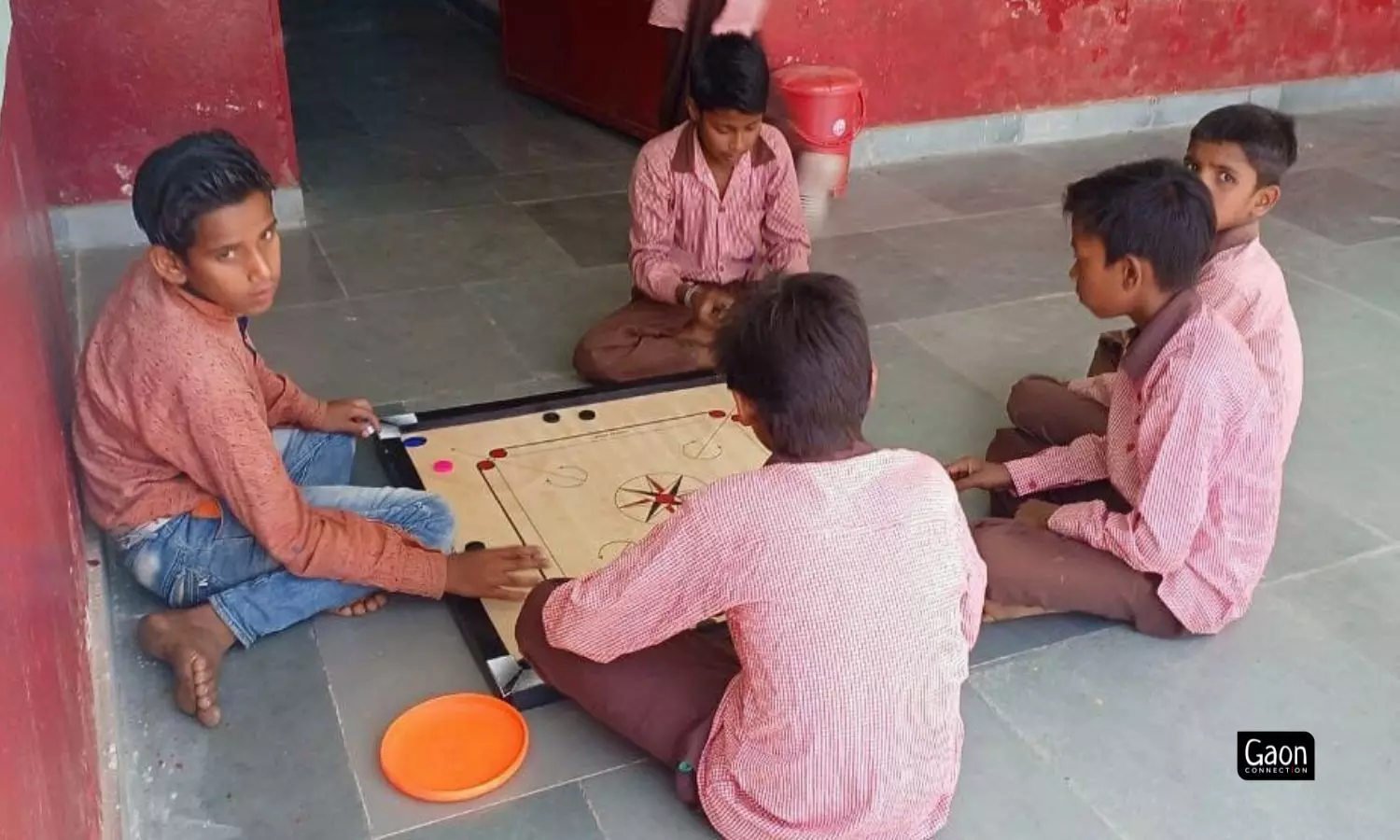
The facade of the school from one which was depressing and forbidding is now shining.
The teachers at the school also keep time aside to coach students to get admission into the Navodaya Vidyalaya. “In the first year I coached five students to take part in a block level science competition and one of them came first. The same child is today preparing for the NEET exam. When they do well, it is the best kind of guru dakshina for us,” Premveer said.
Meanwhile, Tripti Tripathi, a student of class 6, is preparing for a competition. “Our teachers encourage us to take part in as many extra curricular activities as we can. We enjoy our classes and play equally here,” she told Gaon Connection. Her favourite class? Teacher Ashok Singh’s English period. “He taught us a poem called Don’t Give Up. I will recite it for you,” she said.



